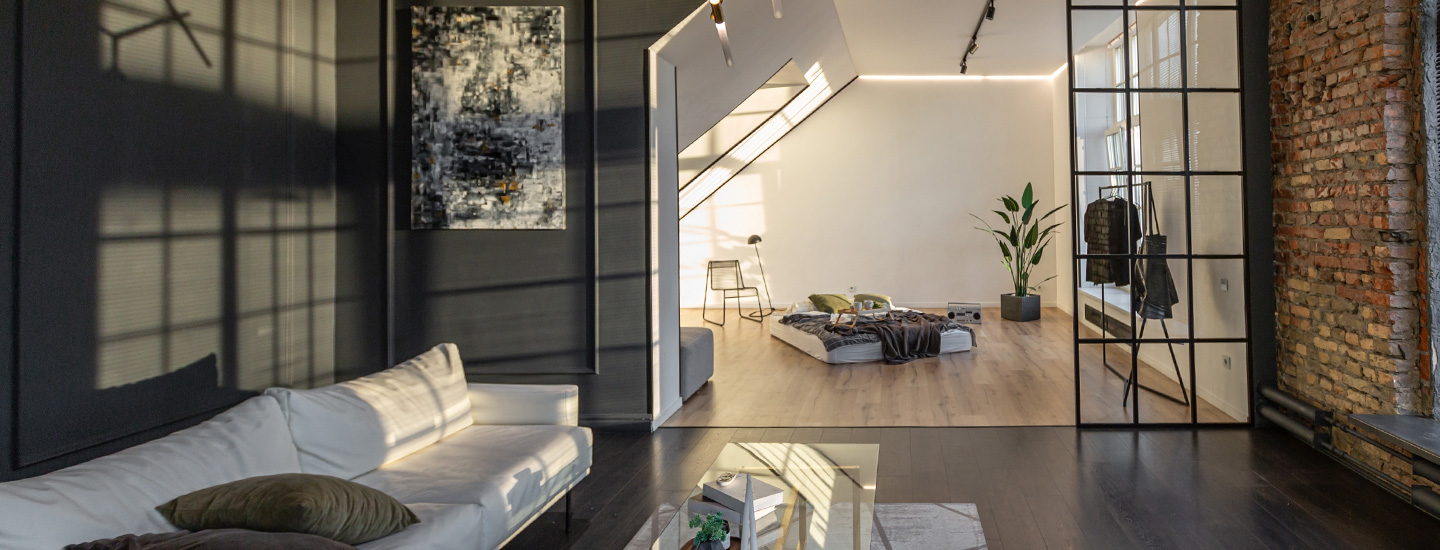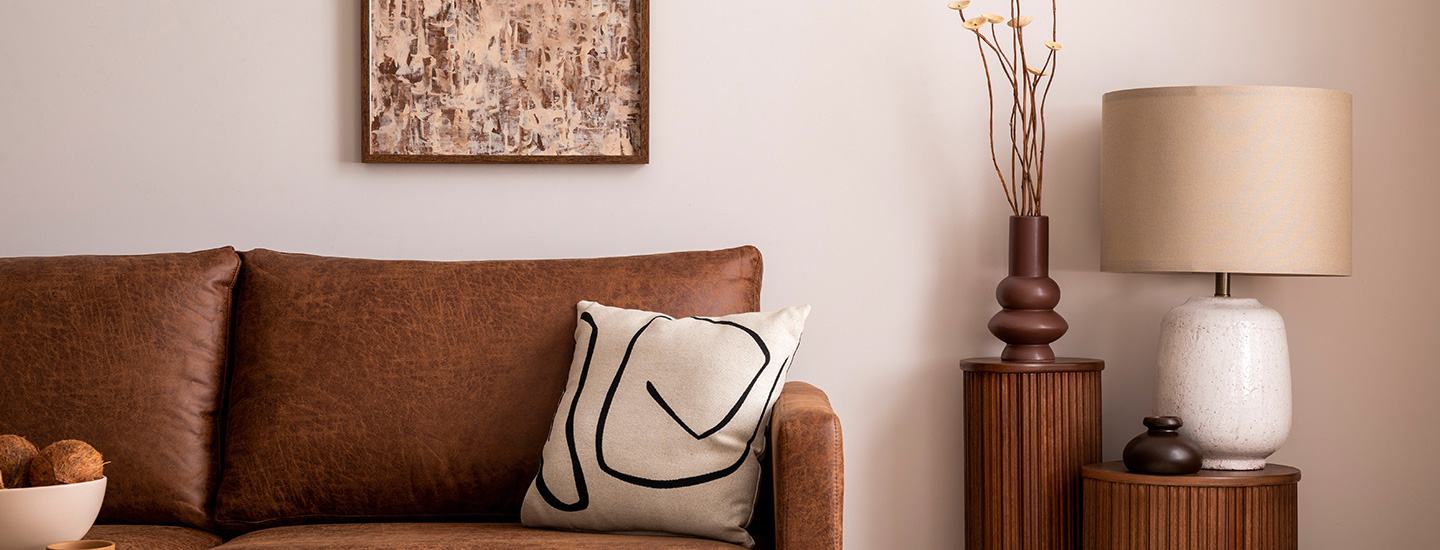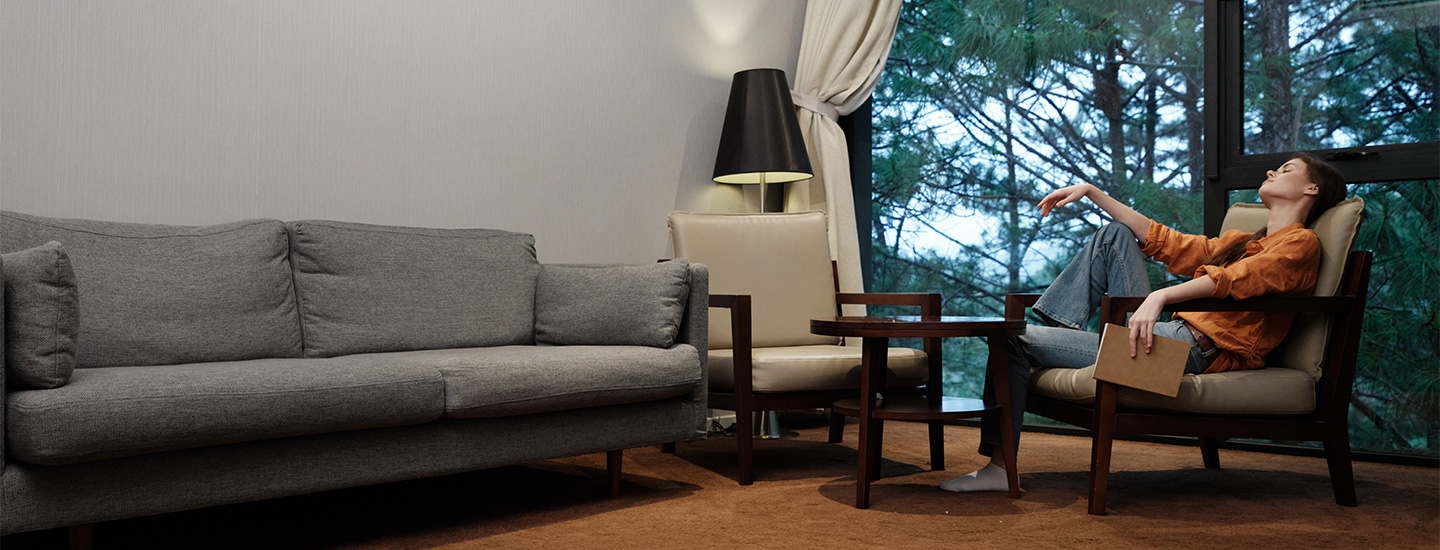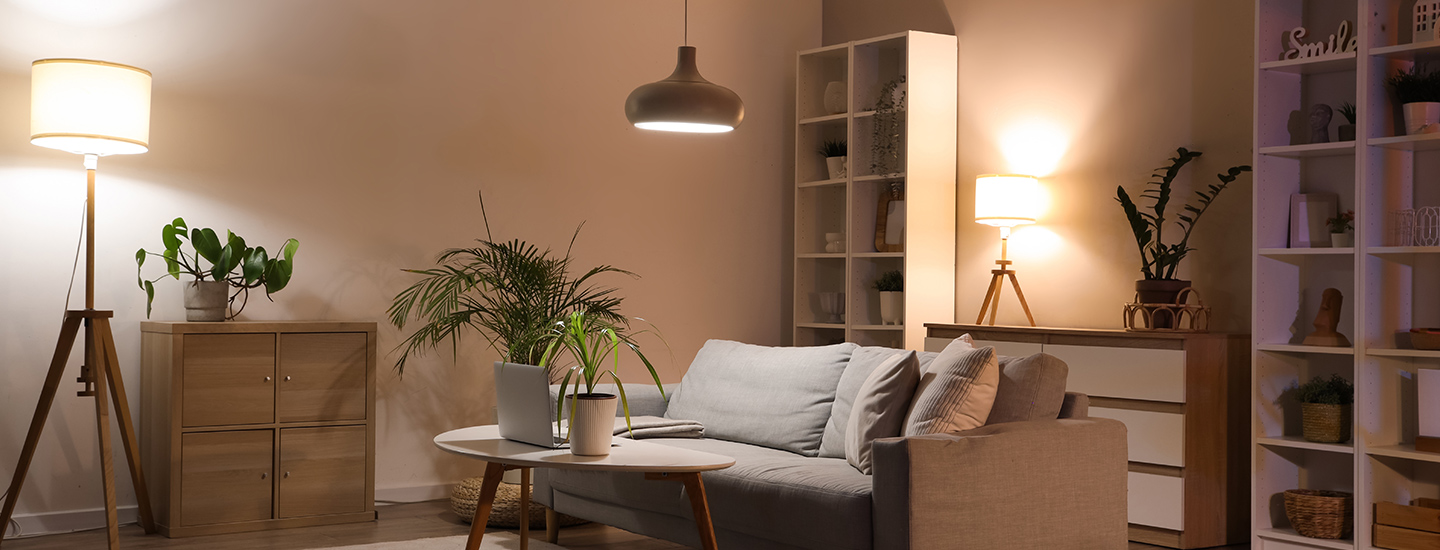It’s so interesting that something as basic as interior design, which most of us almost dismiss, has such a rich and varied history. I mean, come on—how did we go from stone walls and wooden benches to sleek minimalist spaces and ergonomic furniture? The history of interior design goes through amazing changes, reflecting shifts in culture, technology, and values of society at large through time. Now, that’s one of the more interesting topics. From the great interiors of ancient Egyptian homes to the sleek lines of mid-century modern and today’s sustainable designs, each era holds particular flair and quirk.
Now, why does any of this matter, you might ask! Well, understanding the history of interior design styles can give us important insight into why we decorate our spaces the way we do today. Knowing the background of something is kind of like being able to know your favorite movie character’s origin story.
It gives it depth and meaning. It’s really neat to see design trends come full circle—what’s old is often new again! So, if you are a history fanatic, a lover of design, or one who is contemplating redecorating his or her home, the journey through the waves of change in interior design is one sure way to get to school.
And, boy, is there a lot to be covered! From the ancient civilizations that set the seeds of architectural aesthetics all the way to modern movements that challenge the very notion of “style,” we will go on an exploration of how each period contributed to this immensely vast tapestry of interior design. So go ahead and get a cup of chai or coffee—or even what floats your boat—and let’s journey through this time machine, shall we, into a history of interior design styles?

Let’s first start with the ancients, long, long into the past. We are talking about the history of evolution in interior design: ancient Egypt, Greece, and Rome. These civilizations were not all about pyramids, philosophers, and great gladiators but had also developed a very keen sense of interior aesthetics.
The Egyptians were all about being big, with their fascination for gold, detailed carvings, and hieroglyphics. According to the Egyptians, they had to surround their habitation and, of course, their tombs with articles that would speak volumes about themselves and their riches and stature in society. It’s like they were the first-ever influencers, making it huge with looks that would last for millennia.
Then came the Greeks and Romans, who really took things to a whole new level. The emphasis on symmetry, proportion, and harmony in ancient Greece and Rome made it next to impossible to consider an architectural style more classical. They introduced elements like columns, frescoes, and mosaics that would go on to be hallmarks in classical architecture and interior design. Particularly, the Romans loved to have big villas with grand atriums and courtyards—spaces designed not just for living but for impressing guests. Talk about raising the bar!
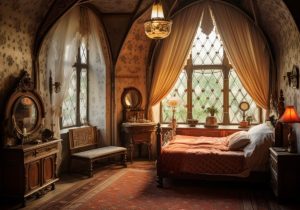
Going further down the line, we reach the Middle Ages—a period that saw a more austere form of interior design. The Middle Ages were all about function and defense in castles and fortresses, and this often translated into dark, cold interiors. Not exactly cozy, but hey, they had to keep the invaders out!
But back came the style with the Gothic Revival. Think pointed arches, stained glass windows, and a lot of stone. Most of its style was influenced by the church, whose interiors were to overwhelm with awe and reverence. It’s the era that gave us those dramatic, dimly-lit cathedrals with high ceilings and intricate carvings. It was all about creating grandeur and spirituality effects, so you will find an abundance of such religious motifs in the designs.
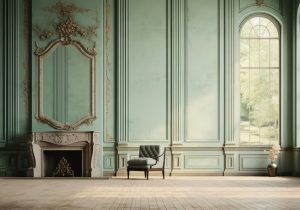
Ah, the Renaissance! Rebirth in everything—not just art and culture but interior design, too. This was definitely a step back toward classical principles but with a difference. Symmetry, balance, and proportion ruled the Renaissance with a touch of newfound love for comfort and beauty.
The interiors of Renaissance times focused on luxurious fabrics, intricate tapestries, and fancy furniture. Frescoed ceilings and huge, elaborate fireplaces supported the lifestyle of the wealthy. It was an age of refinement and grace; therefore, every ornament was meant to answer both functional and aesthetical purposes.
Then along came the Baroque period and said, “Take that and crank it up to eleven!” It was an era of opulence and drama and greatness. Gilded mirrors, heavy drapes, and intricate moldings were standard in this style. Each room of Baroque interiors looked like a scene from a play. As always, it was all about impressing people and creating awe and splendor.
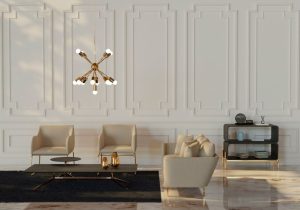
The Age of Enlightenment marked a new course for reason and simplicity. Humans began to foster the love of knowledge and rationality – a virtue conveyed into interior design of this time. This gave birth to Neoclassicism, leading back to the simplicity and order of ancient Greek and Rome.
Neoclassicism was marked by cleanliness in lines and sober hues and a general sense of reserve. The heavy Baroque period decorations were now a thing of the past, and the symmetrical lay-outs had come into their own, accompanied by simple but tasteful furniture and inconspicuous decorations. Everything was done to be balanced and harmonious, with refinement combined with comfort.
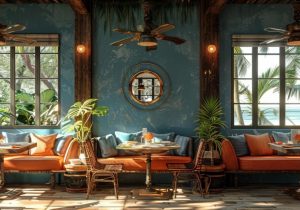
Now, let’s plunge into the great whirl of the Victorian period—a time for interior design as mixed up as the streets of a Mumbai market. The strong eclecticism of the style cannot help but be heavy and ornate in furniture, richly patterned in wallpapers, and with knick-knacks abounding. Through using interiors, the Victorians told the world of their wealth and status, often ending up with something that can honestly be described as cluttered but definitely charming.
But of greater importance, the Industrial Revolution contributed greatly to interior design because mass-produced materials and decors became available to the middle class. Fourthly, mass production made new materials and furnishings come into wide use, so a larger number of persons were able to afford to decorate their homes in the latest fashions. It was also a period when new materials, like iron and steel, were pioneered, all of which formed the core material for the later Industrial and Modernist movements.
At the turn of the 20th century, modernism would begin to break away from the ornate and re-instill simplicity and functionality with a new sense of beauty. “Less is more” in modernist design, featuring clean lines, open spaces, and no clutter. This style was radically opposite to the heavily ornamented styles before.
Art Deco, on the other hand, embraced bold geometrical patterns, rich materials, and deep colors. It was a style shouting sophistication and glamour—strongly influenced by the new technologies and changes happening in society at that period of time. Think of the iconic Great Gatsby parties with all their glitzy decor and lavish settings. : That’s Art Deco high.
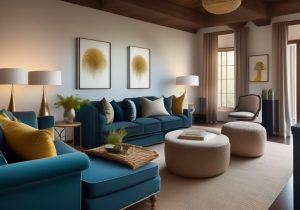
The world witnessed a new revolution named Mid-Century Modern after the Second World War. The style acquired an aesthetic of simplicity, functionality, and a relationship with nature. It was entirely based on open floor plans, plenty of natural light, and mixed organic and geometric forms. It was a breath of fresh air after dark, heavy styles from the past couple of decades.
Today, modern design continues to change, including styles and diverse eras. It continues to prioritize comfort, ease, simplicity, and a touch that is sweet between old and new. However, the focus is not on beautiful things but in creating functional, truly personal spaces that express lifestyles and tastes well.

With the entrance into the 21st century, the leaning towards sustainable and green design stands out much more. This is an attempt to reduce the negative environmental impacts of our living spaces through the use of healthy materials, energy-efficient technologies, and eco-friendly practices.
Today, designs are made with natural and replenishable material — for instance, bamboo and reclaimed wood besides elements of recycled metal and so on. New builds are often designed to be energy-efficient, incorporating ideas like smart homes and sustainable living. It is all about reducing the carbon footprint and living in harmonious adjustment with nature.
Bonito Designs will take you on an excursion through the history of interior design styles and interpret it practically into making spaces that are sensible, beautiful, and reflective of your own taste. Our team of expert designers can help bring your visions to life, whether you’re keen on modern design’s clean lines, vintage charm, or the principles of living sustainably.
Our in-house custom design makes sure your home is beautiful and works for you. From consultation requirements to the final installation, all design works are oriented to meet your needs. Whether minimalist modern or eclectic and cozy, our experts can help you create a space that presents the best version of you.
Quality is prominent in every little thing we undertake at Bonito Designs. We choose the best materials and then have each of our products go through seven quality checks and more than 400 tests. From choosing eco-friendly material to selecting durable furnishings, you can rest assured that not only will your home be beautiful but also safe and sustainable.
We understand that every second counts, so we deliver in 90 days. No more waiting endlessly for your dream abode—the seamless work process and skilled manpower ensure your project is executed on time without any compromise on quality.
We can ensure that our team of more than 300 talented designers will bring in bundles of experience for your best reason. Our designers keep up to date on all the most recent trends and innovations of the industry so your dream home is designed impressively and functionally.
Our care and attention to quality don’t end there; it is built within our in-house manufacturing process. We craft everything from scratch to exert real control over quality and customization for each piece. We craft every element of your design by hand, from custom furniture to built-in cabinetry, paying close attention to detail and care.
The first brand to get ISO certified for interior design, Bonito Designs works on an ultimate motto for maintaining the best standards of quality and service. Our ISO certification is the testimony in itself that we work towards excellence, whereby every project of ours meets the stringent criteria that the clients expect us to.
EMI OPTIONS MADE EASY We believe beautiful, functional spaces are for everybody and thus offer easy EMI options that turn your biggest dreams—of owning your perfect home—into possibilities. With flexible payment plans, you can now create the home of your dreams without having to feel the pinch.
Branded Home Interior Services: Gain a full-homely interior design solution with Bonito Designs. From conceptualizing a design to its ultimate execution, we take care of everything in your design process, making it extremely hassle-free and seamless. Our team would love to help you with renovation for one room or for designing the whole house.
Bring your home to life with Bonito Designs and have a space that’s stylish and a reflection of your values and your way of life.
They are: Classical, Gothic, Renaissance, Baroque, Neoclassical, Victorian, Modernism, and Contemporary.
It brought new materials and mass production, democratizing elements of design with functional and practical design.
Modern design moves one toward simplicity, minimalism, and functionality. Bonito Designs combines different styles into contemporary design with a focus on comfort and trends.
Sustainability reduces impact on the environment through eco-friendly materials and energy efficiency practices that lead directly to a healthier and more sustainable living environment.
Bonito Designs merges styles of the past with modern elements in design to come up with timeless interiors that exude both the past and the present.
